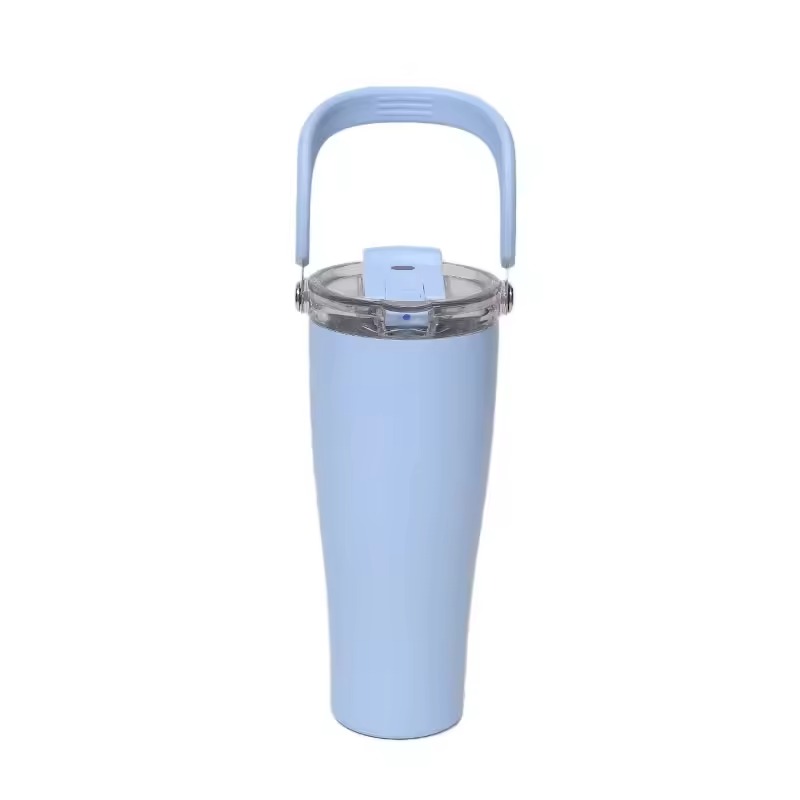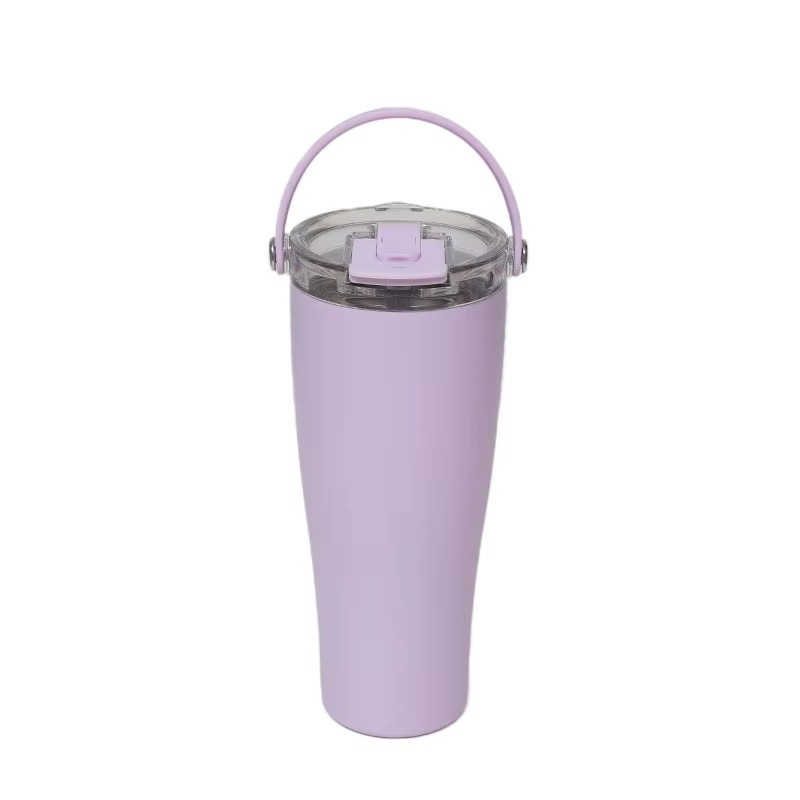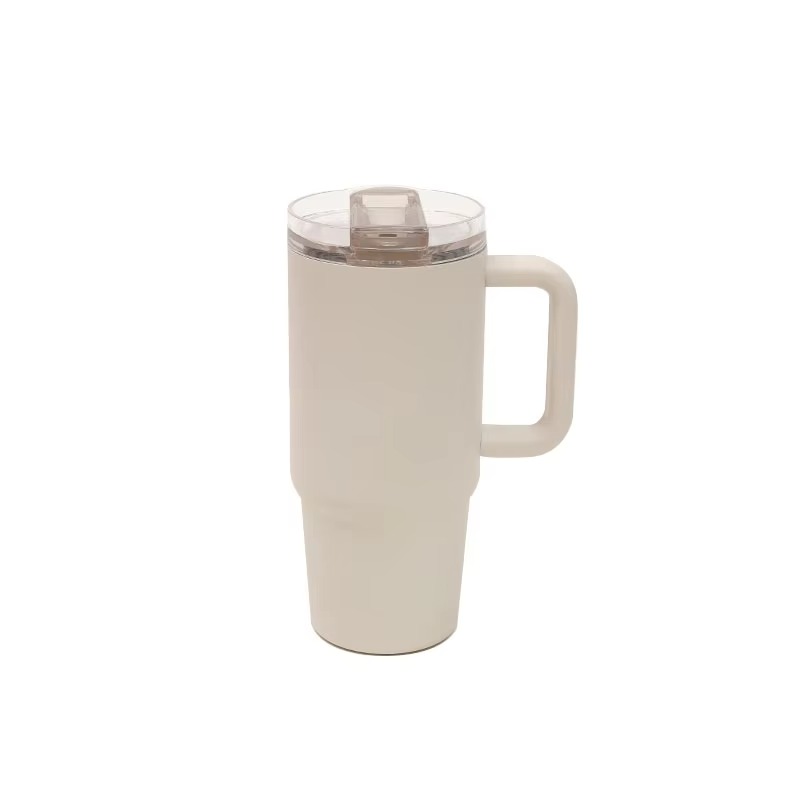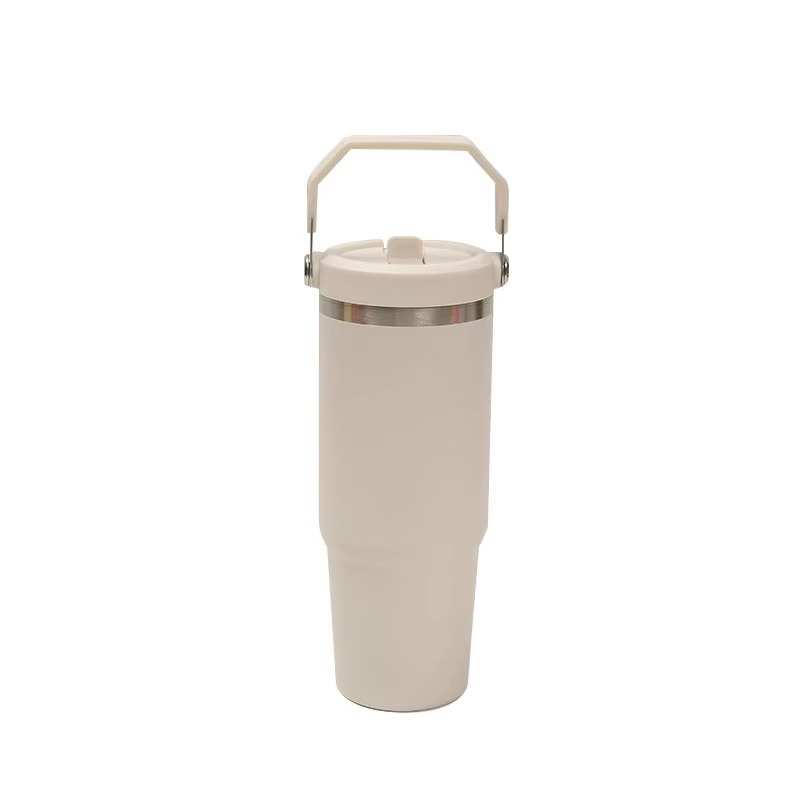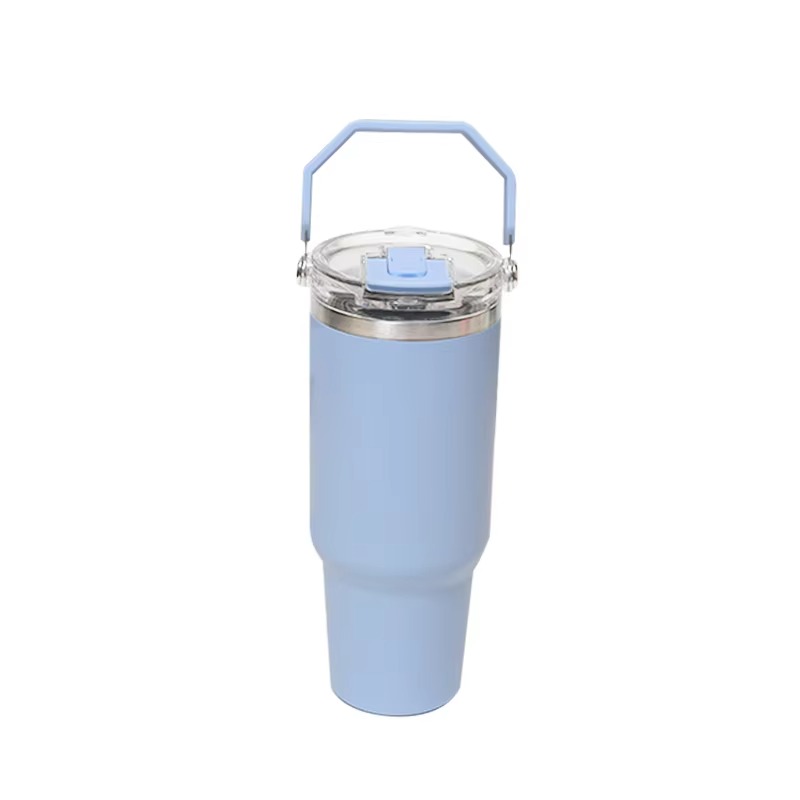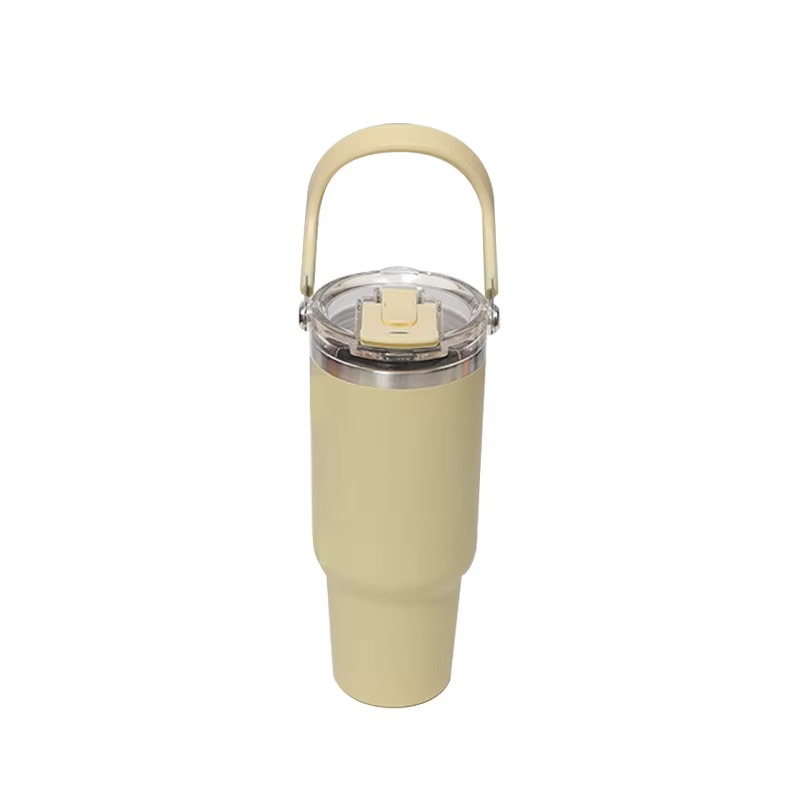From kitchen cabinets to office desks, the coffee mug remains ubiquitous yet understated items in our daily lives. What was once a simple vessel for holding hot beverages has transformed into a multifaceted product category that intersects with fashion, technology, and environmental consciousness. The global market for coffee mugs continues to expand as manufacturers innovate and consumers increasingly view these everyday objects as extensions of their personal style and values.
The personalization trend has revolutionized the coffee mug industry. Where plain white mugs once dominated, today's market offers endless customization options. Consumers can now select from an array of sizes, shapes, and designs that reflect their personalities or commemorate special occasions. The rise of print-on-demand services has made it possible for anyone to create fully customized coffee mugs featuring family photos, favorite quotes, or original artwork. This shift has turned the humble mug into both a personal statement piece and a popular gift item for birthdays, holidays, and corporate events.
Material innovation has kept pace with changing consumer demands. While classic ceramic coffee mugs maintain their popularity for home use, new materials have emerged to meet specific needs. Stainless steel travel mugs with vacuum insulation can keep beverages hot for hours, making them ideal for commuters. Glass mugs have gained favor among those who prefer to see their beverage, while lightweight bamboo options appeal to eco-conscious consumers. Even within traditional ceramic mugs, new glaze technologies have improved durability and heat retention while allowing for more vibrant, long-lasting designs.
Environmental concerns have significantly influenced the coffee mug market in recent years. As awareness of single-use cup waste grows, more consumers are investing in reusable options. Many coffee shops now offer discounts to customers who bring their own mugs, creating financial incentives alongside environmental ones. Manufacturers have responded by developing coffee mugs made from recycled materials or designed for particularly long lifespans. Some brands have introduced take-back programs for worn-out mugs, recycling them into new products in a closed-loop system.
The aesthetic dimension of coffee mugs has become increasingly important in our visually-driven culture. Social media platforms have turned mug displays into a form of personal branding, with influencers carefully curating their mug choices to match their online personas. This has led to collaborations between mug manufacturers and artists, designers, and even museums. Seasonal designs and limited edition collections have created a collector's market, with some enthusiasts amassing dozens of mugs for different occasions and moods. The psychological impact of drinking from a beautiful or meaningful mug shouldn't be underestimated - many users report that their favorite coffee mug enhances their morning routine and overall drinking experience.
What makes the coffee mug remarkable is its ability to adapt while maintaining its core function. In an age of disposable goods and fleeting trends, the enduring popularity of the coffee mug reminds us that even the ordinary objects can become meaningful parts of our daily rituals and personal expressions. As long as people continue to gather around warm beverages, the coffee mug will remain an essential, evolving companion in our daily lives.

 English
English Español
Español русский
русский